Augmented, mixed, and virtual reality are all a little bit different, but as many expect—including Metavision—the continuum of our next realities will converge and give us one head-mounted display (HMD) platform that can do it all. If Vrvana, a Canadian company building AR and VR headsets, succeeds, that convergence could begin as early as next year.
You can get a pretty decent taste of what Vrvana's Totem headset can do in the short video clip above. It shows a booklet full of QR codes that the headset reads and projects a hologram based on the data it sees. This is nothing new, and these holograms aren't even interactive yet, but Tom's Hardware writer Kevin Carbottel got a demo and found the last page to be the most compelling:
The final page featured an attack helicopter, and just when I thought it was over, (Vrvana CEO Bertrand) Nepveu blew my mind once again. He handed me an Xbox 360 controller and said, "Want to fly it?" When he took away the QR codes, the chopper was left in front of my face. I could fly this 3D model of a helicopter anywhere in the room with no restrictions (aside from the physical space that I was in). The helicopter could reach the ceiling above or fly below the table. Once I had the controls worked out, Nepveu hit the space bar to transition the environment to full VR.
That's awesome, but the Totem also has a killer spec sheet with several impressive points. To start, it features a single 1440p display that provides resolution of 1280 x 1440 per eye at a refresh rate of 75Hz. For reference, that's a small but noticeable amount better than the Oculus Rift, HTC Vive, and PSVR.
Additionally, the Totem's field of view measures horizontally at 120 degrees. That's 10 degrees more than the Vive and about 20 more than the Oculus and PSVR—and most other HMDs you've actually heard of, for that matter. Field of view has no standard measurement yet, but the Totem comes out ahead of just about everything on the market with the exception of a few incredibly wide-screened options like the StarVR—it doesn't get wider than that, anyway.
But why stop there? The Totem also features two 1440p passthrough cameras so you can see the world around you. That's the same resolution as the screen, so everything looks consistent. You won't get the resolution your eyeballs provide in a mixed reality headset like the HoloLens, but that won't matter much unless you need to read small text in the physical world.
Totem doesn't only do mixed reality. Just like Ryan Pamplin of Metavision discussed in our interview, we're bound to see an HMD that can traverse the continuum of realities. Vrvana managed to bring that device to life a lot sooner than we expected.
But when you can't see the world around you and all you have is a headset, how do you avoid bumping into other people, places, and things? Even if the cameras aren't showing you anything, they don't stop working just because you're in a VR experience. Vrvana developed a software solution they call BeSafe, which utilizes positional tracking to keep you from hurting yourself and others. Furthermore, Tom's Hardware reports they're working towards lighthouse certification so the Totem can use lighthouses to become compatible with pretty much any title the HTC Vive supports.
Most underdogs hoping to achieve prominence in a difficult market like this one have a very, very hard battle ahead of them. When you go up against major players like Sony, Facebook, Microsoft, and (to a lesser extent) HTC, you can't just have a compelling product—you need the funds to build it right and a software catalog to compel consumers to buy it. Vrvana might actually have a chance with their strategy, as they're also OSVR-compliant and seemingly interested in making it easy to develop just about anything for their platform.
But let's get to the bad news: the Totem sold out its tiny pre-production run of 50 units and the production version will cost a whopping $5,000. Vrvana aims to sell their creation as an enterprise solution first, since $5,000 is a much smaller investment for a company than your average consumer and the HoloLens is available now for almost half that much, but they hope to bring the price down and create a version everyone can afford to own.
While we haven't had a chance to try it out ourselves just yet, the Totem looks awfully impressive. If you want to learn more, Vrvana's blog has plenty of content to explore. Start here.
Just updated your iPhone? You'll find new emoji, enhanced security, podcast transcripts, Apple Cash virtual numbers, and other useful features. There are even new additions hidden within Safari. Find out what's new and changed on your iPhone with the iOS 17.4 update.
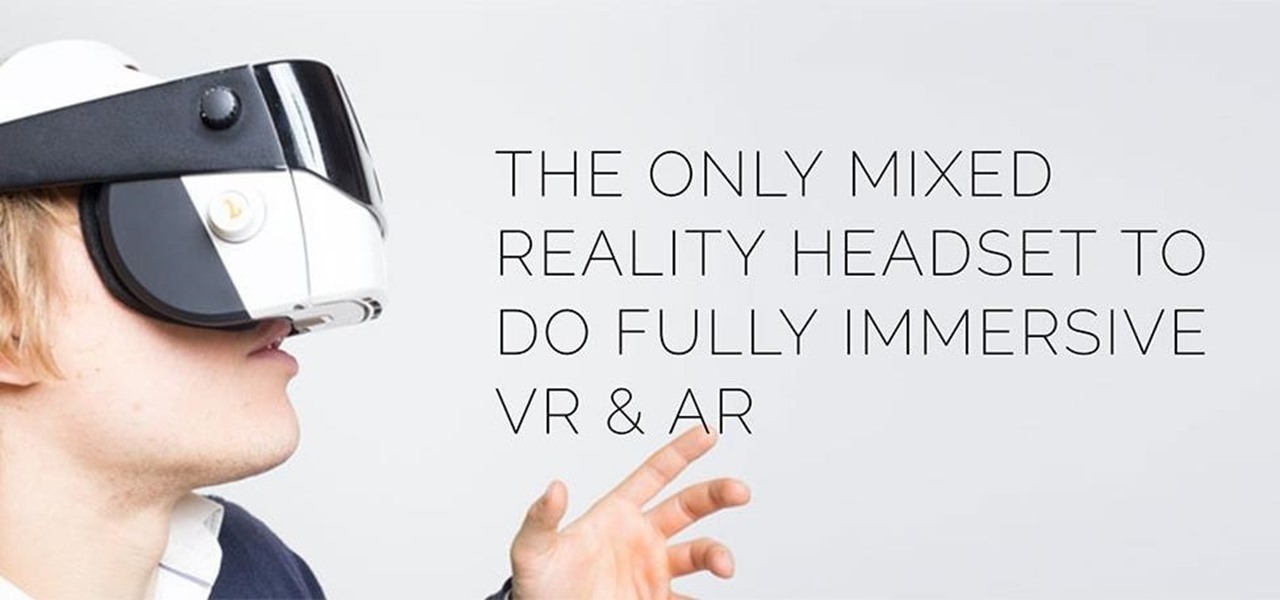









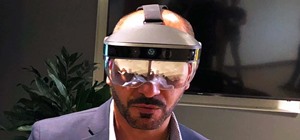



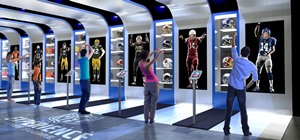




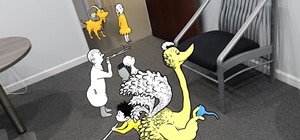

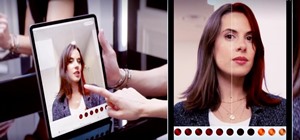
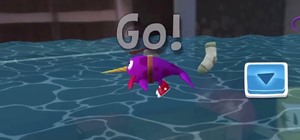

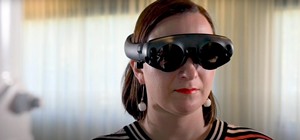
Be the First to Comment
Share Your Thoughts